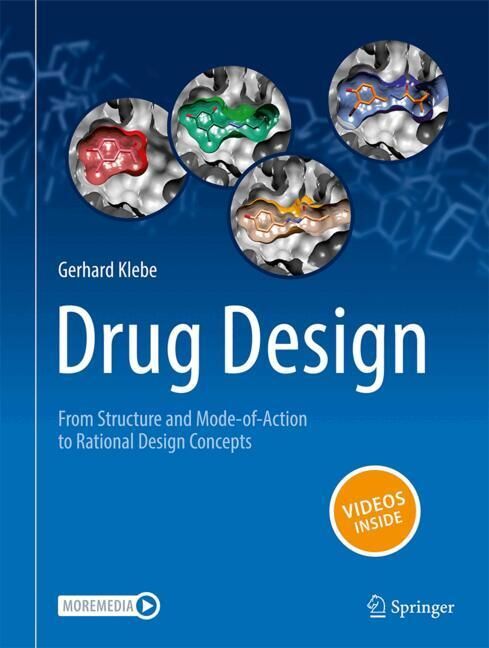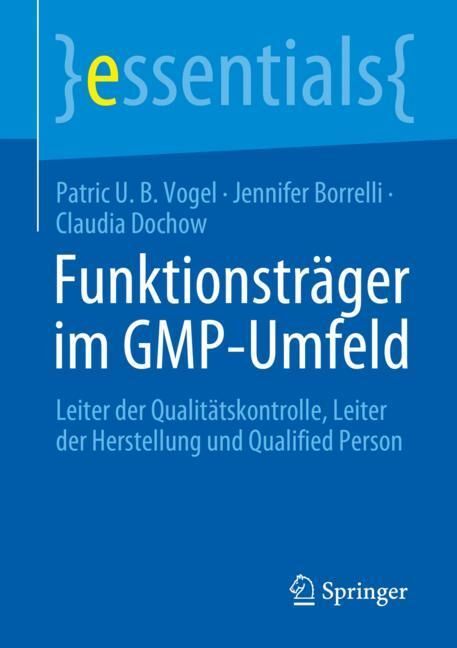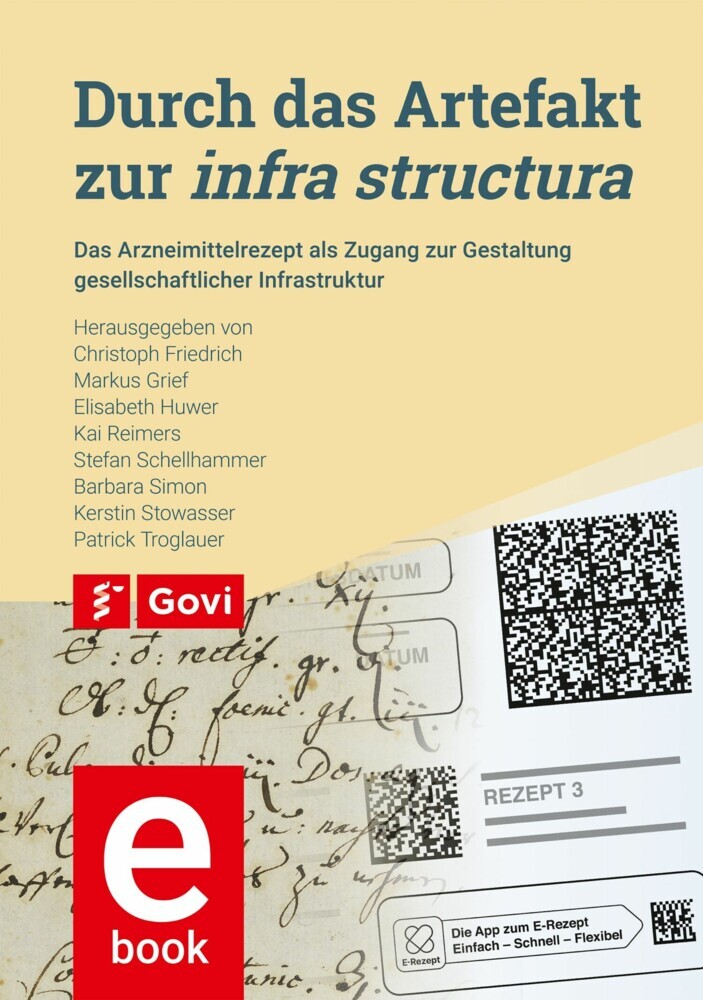Basis and Treatment of Cardiac Arrhythmias
Basis and Treatment of Cardiac Arrhythmias
In the past decade, major progress has been made in understanding mec- nisms of arrhythmias. This progress stems from much-improved experim- tal, genetic, and computational techniques that have helped to clarify the roles of speci?c proteins in the cardiac cycle, including ion channels, pumps, - changer, adaptor proteins, cell-surface receptors, and contractile proteins. The interactions of these components, and their individual potential as therap- tic targets, have also been studied in detail, via an array of new imaging and sophisticated experimental modalities. The past 10 years have also led to the realization that genetics plays a predominant role in the development of lethal arrhythmias. Many of the topics discussed in this text re?ect very recently undertaken research directions including the genetics of arrhythmias, cell signaling mo- cules as potential therapeutic targets, and traf?cking to the membrane. These new approaches and implementations of anti-arrhythmic therapy derive from many decades of research as outlined in the ?rst chapter by the distinguished professors Michael Rosen (Columbia University) and Michiel Janse (University of Amsterdam). The text covers changes in approaches to arrhythmia therapy over time, in multiple cardiac regions, and over many scales, from gene to protein to cell to tissue to organ.
Proarrhythmia
Cardiac Na+ Channels as Therapeutic Targets for Antiarrhythmic Agents
Structural Determinants of Potassium Channel Blockade and Drug-Induced Arrhythmias
Sodium Calcium Exchange as a Target for Antiarrhythmic Therapy
A Role for Calcium/Calmodulin-Dependent Protein Kinase II in Cardiac Disease and Arrhythmia
AKAPs as Antiarrhythmic Targets?
?-Blockers as Antiarrhythmic Agents
Experimental Therapy of Genetic Arrhythmias: Disease-Specific Pharmacology
Mutation-Specific Pharmacology of the Long QT Syndrome
Therapy for the Brugada Syndrome
Molecular Basis of Isolated Cardiac Conduction Disease
hERG Trafficking and Pharmacological Rescue of LQTS-2 Mutant Channels.
History of Arrhythmias
Pacemaker Current and Automatic Rhythms: Toward a Molecular UnderstandingProarrhythmia
Cardiac Na+ Channels as Therapeutic Targets for Antiarrhythmic Agents
Structural Determinants of Potassium Channel Blockade and Drug-Induced Arrhythmias
Sodium Calcium Exchange as a Target for Antiarrhythmic Therapy
A Role for Calcium/Calmodulin-Dependent Protein Kinase II in Cardiac Disease and Arrhythmia
AKAPs as Antiarrhythmic Targets?
?-Blockers as Antiarrhythmic Agents
Experimental Therapy of Genetic Arrhythmias: Disease-Specific Pharmacology
Mutation-Specific Pharmacology of the Long QT Syndrome
Therapy for the Brugada Syndrome
Molecular Basis of Isolated Cardiac Conduction Disease
hERG Trafficking and Pharmacological Rescue of LQTS-2 Mutant Channels.
Kass, Robert E.
Clancy, Colleen E.
| ISBN | 978-3-642-06396-1 |
|---|---|
| Artikelnummer | 9783642063961 |
| Medientyp | Buch |
| Copyrightjahr | 2010 |
| Verlag | Springer, Berlin |
| Umfang | IX, 361 Seiten |
| Abbildungen | IX, 361 p. 66 illus., 4 illus. in color. |
| Sprache | Englisch |









